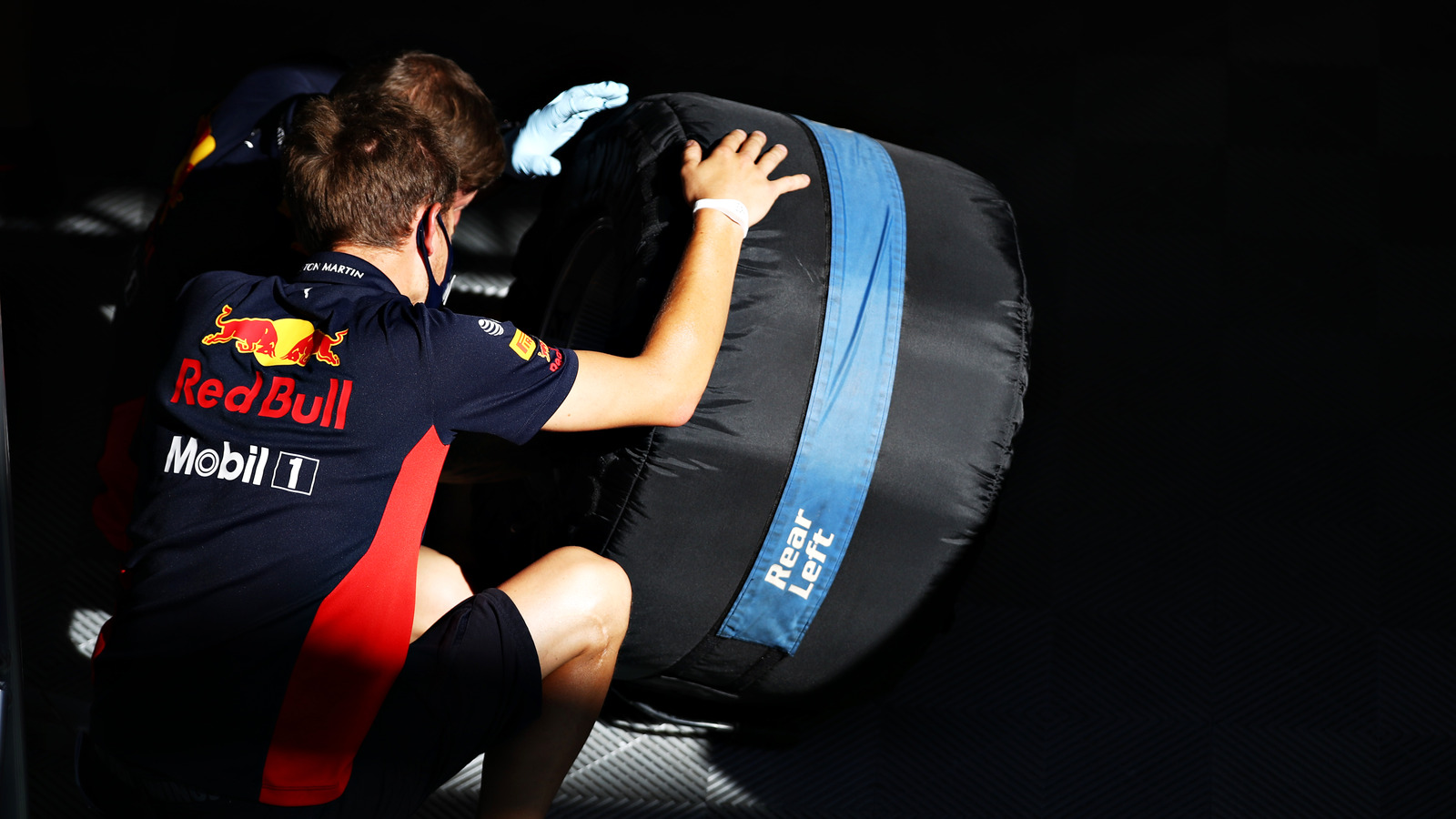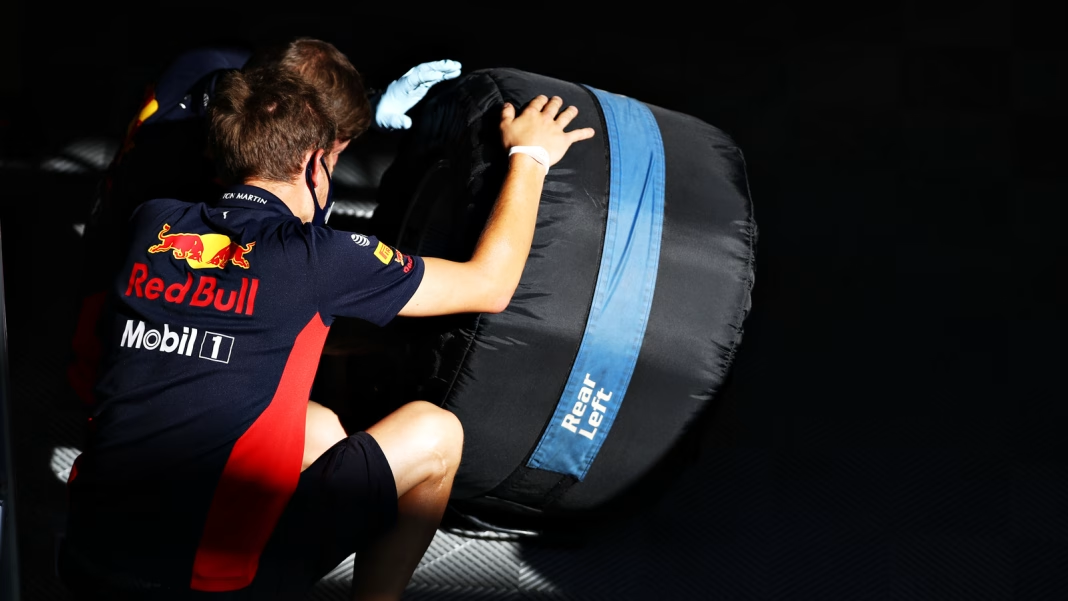Why Do Formula 1 Teams Use Tire Blankets Before a Race?
If you’ve caught a glimpse of Formula 1 pit crews prepping tires in those snug, electric blankets, you might have wondered—what’s the real reason behind this ritual? It’s not just about keeping the rubber clean. There’s a fascinating blend of physics, chemistry, and strategy at play, all designed to give drivers a crucial edge when the lights go out.
How Do Tire Blankets Actually Work?
Tire blankets are essentially high-tech heating pads that wrap around each tire, plugged in to bring the rubber up to a precise temperature—often between 80°C and 110°C (176°F to 230°F), depending on the compound and weather conditions. But why bother? Formula 1 tires are made from specialized rubber compounds that deliver peak grip only within a narrow temperature window. Too cold, and the tire is hard, slippery, and slow to respond. Too hot, and it degrades rapidly, losing performance and risking a blowout.
By pre-heating the tires, teams ensure that when a car leaves the garage or pits, the rubber is already in the sweet spot for maximum traction. This means drivers can push hard from the very first corner, instead of tiptoeing around waiting for the tires to warm up. In a sport where tenths of a second matter, that immediate grip can be the difference between gaining or losing positions.
Why Is Tire Temperature So Critical in F1?
Let’s get a bit nerdy for a second. The grip a tire generates comes from the way its rubber interacts with the track surface. At the right temperature, the rubber becomes soft enough to deform and “key in” to the tiny imperfections in the asphalt, creating more friction and, therefore, more grip. If the tire is too cold, it stays rigid, skates over the surface, and can even lead to dangerous lock-ups or spins. If it’s too hot, the rubber can blister or wear unevenly, forcing an early pit stop.
Recent studies have shown that optimal tire temperature can improve lap times by up to 1.5 seconds per lap—a massive margin in F1 terms. That’s why you’ll see teams obsessively monitoring tire temps with infrared sensors and adjusting blanket settings to match the day’s conditions.
Are Tire Blankets Just About Performance, or Is Safety Involved Too?
It’s not just about going faster. Cold tires are notorious for causing accidents, especially on out-laps after a pit stop. When the rubber isn’t up to temperature, drivers have far less grip—think of it like trying to sprint on ice. In fact, the FIA (Formula 1’s governing body) has cited safety as a key reason for allowing tire blankets, even as they experiment with phasing them out to reduce energy consumption and costs.
There have been notable incidents where drivers on cold tires have spun out of the pits, sometimes collecting rivals in the process. Tire blankets help minimize these risks, giving drivers a fighting chance to control the car from the moment they rejoin the race.
What’s Changing With Tire Blanket Rules in Formula 1?
Here’s where things get interesting. Formula 1 has been gradually reducing the maximum temperature allowed for tire blankets, and there’s ongoing debate about banning them altogether. The push is partly environmental—tire blankets use a lot of electricity—and partly about making the racing more unpredictable. If teams can’t pre-heat tires, drivers will have to carefully manage their out-laps, and we might see more dramatic overtakes or mistakes as a result.
In 2023, the FIA lowered the maximum blanket temperature for slick tires to 70°C (158°F), and there’s talk of eliminating them entirely in the next few years. Some drivers and engineers are wary, citing safety and performance concerns, while others see it as a chance to shake up the strategy playbook.
Do Other Motorsports Use Tire Blankets?
Formula 1 isn’t alone, but it’s one of the few series where tire blankets are standard. In endurance racing, IndyCar, and most touring car championships, drivers have to warm up their tires the old-fashioned way—by weaving and accelerating hard on out-laps. This adds an extra layer of challenge and unpredictability, which some fans love.
The unique demands of F1—extreme speeds, rapid pit stops, and the razor-thin margins between teams—make tire blankets especially valuable. But as the sport evolves, it’s possible we’ll see F1 join the ranks of series that rely on driver skill alone to bring tires up to temperature.
What’s the Real Impact on Race Strategy?
Tire blankets aren’t just a technical detail—they’re a strategic weapon. Teams can tailor the temperature of each set to match the stint length, weather, and even the specific driver’s style. For example, a team might heat a set of soft tires to the upper end of the range for a qualifying lap, then use a lower setting for a longer race stint to avoid overheating.
There’s also a psychological element. Drivers know they can attack immediately after a pit stop, which encourages bold strategies and undercuts. Without blankets, teams would have to rethink everything from tire choice to pit timing, potentially leading to more conservative racing—or, depending on your perspective, more chaos.
The Big Takeaway? Formula 1 tire blankets aren’t about perfection—they’re about smarter adjustments. Start with one change this week, and you’ll likely spot the difference by month’s end. Whether you’re a fan, a weekend racer, or just someone who loves a good engineering story, the science behind those heated wraps is a reminder that in F1, every detail counts.


